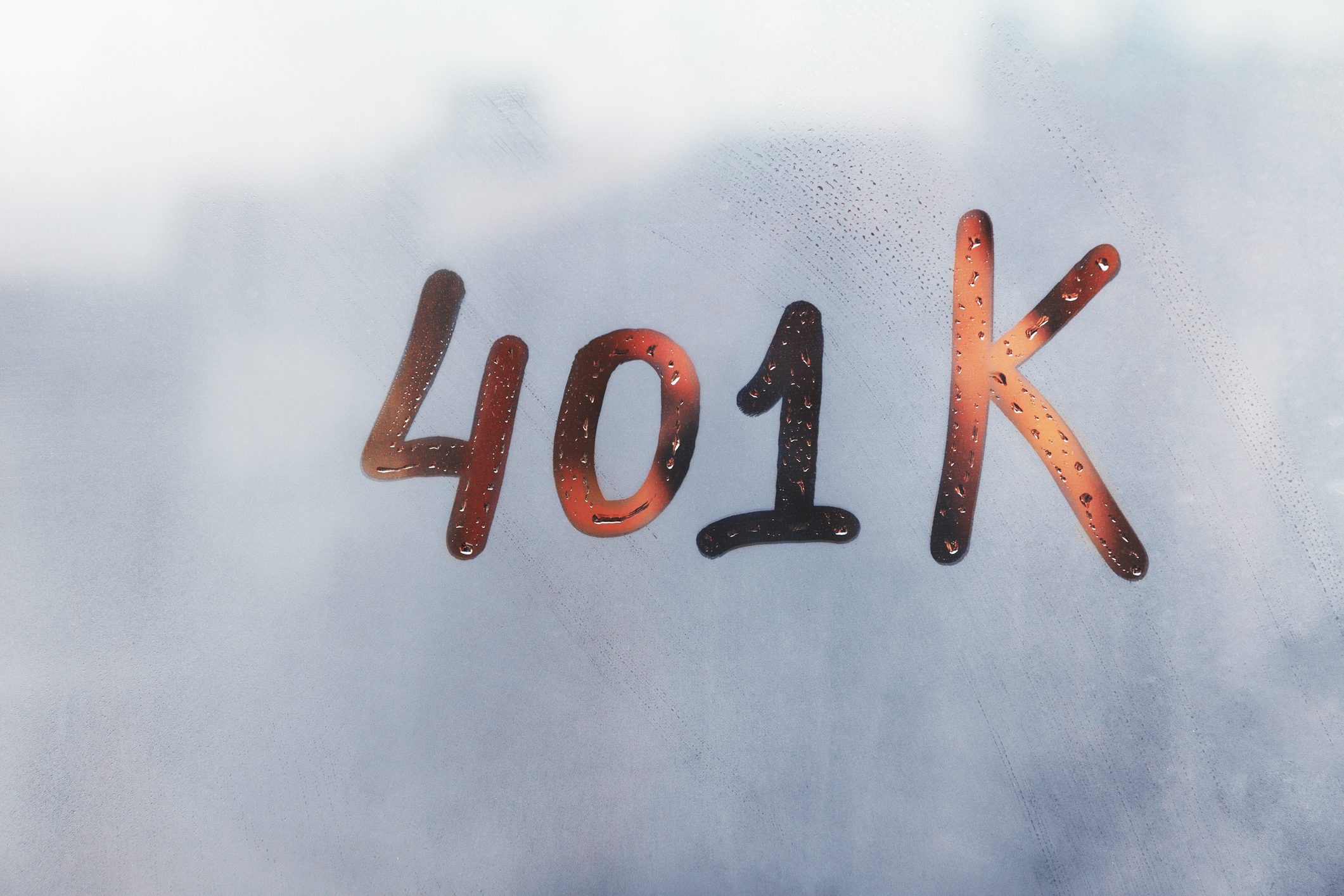
A Safe Harbor 401(k) is a retirement plan with one subtle difference from a standard 401(k): Businesses can bypass the IRS's annual nondiscrimination testing — a requirement for plans like 401(k)s to maintain their tax-qualified status.
Safe Harbor plans require immediate employee vesting and mandatory employer contributions, and they are especially valuable to small business owners with fewer than 100 employees.
These plans make it easier for small-business owners to meet the rules set by the government while offering an attractive employee benefit. However, Safe Harbor 401(k) plans come with a catch. While matching contributions is a great perk for your employees' financial well-being and may help your company recruit and retain good employees, it could also increase your overall employee budget.
Why nondiscrimination testing can be tricky for small businesses
Per federal law, all businesses must pass annual nondiscrimination tests, which help ensure 401(k) plans benefit all employees, not just high earners or business owners. These tests include:
- Actual Deferral Percentage (ADP) test. This test compares the average salary deferrals of highly compensated employees (HCEs) to those of non-highly compensated employees (NHCEs).
- Actual Contribution Percentage (ACP) test. This test compares the average employer-matching contributions received by both HCEs and NHCEs.
- Top-heavy test. This test helps evaluate whether a plan is top-heavy. In other words, the value of the assets in key employees’ retirement accounts cannot exceed 60% of all assets in an employer’s 401(k) plan.
To prove to the IRS that a 401(k) plan meets these requirements, it must undergo a series of complex (and often costly) annual nondiscrimination tests to determine whether it is fairly balanced.
A small business may face penalties if it fails one or more of these tests. The company may also have to refund 401(k) contributions made by its HCEs, and they, in turn, have to pay taxes on the money they got back. Awkward.
Large companies can typically pass these tests because they have a team or department that can keep pace with all of the requirements. They also likely have many employees at different income levels contributing to their 401(k).
Pros and cons of Safe Harbor 401(k) plans
As with all retirement plans, Safe Harbor 401(k) plans have benefits and drawbacks.
Pros
- These plans help attract and retain talented employees. According to a Guideline study, half of employees surveyed said they would turn down a job offer from an employer that didn't offer retirement benefits.
- Safe Harbor plans allow small businesses to circumvent the complex annually mandated nondiscrimination tests.
- Like a traditional 401(k), they offer tax benefits, which reduce an employee's taxable income.
- They can be combined with profit-sharing to increase employee contribution limits.
Cons
- While Safe Harbor 401(k)s are simpler to manage, they can still mean hefty costs for your small business. They could also bump up your payroll expenses.
- They come with immediate employee vesting, meaning employees, even those who have quit or are leaving shortly, are entitled to these contributions.
- They can be expensive, because employer contributions are fixed.
Types of Safe Harbor 401(k)s
There are three options for a Safe Harbor 401(k).
- Nonelective contributions: These plans allow employers to make a 3% contribution for all employees, even if an employee chooses not to participate. That means that even if an employee makes no contributions to their 401(k) plan, their employer must still contribute to the employee's plan.
- Basic matching: Also known as an “elective” Safe Harbor plan, the employer matches 100% of the first 3% of an employee’s contributions. After that, 50% of an employee’s additional contributions (up to 5%) are matched by the employer.
- Enhanced matching: These plans may offer a 100% match on up to 4% of an employee's contributions.
2025 changes affecting all 401(k) plans
Starting this year, there are some key 401(k) plan changes, enacted via the Secure 2.0 Act, that could make it easier for certain workers to save for retirement.
Enacted by Congress in 2022, “Secure 2.0" paved the way for sweeping changes to retirement in the U.S., including updates to 401(k) plans.
- Employees can now defer $23,500 in 401(k) plans.
- Workers 50 and older can make up to $7,500 in catch-up contributions (in addition to the $23,500 limit).
- A "super" catch-up contribution limit for employees between 60 and 63 of $11,250 has been added. So, including the $23,500 limit, workers ages 60 to 63 can save up to $34,750 in 2025. However, not all plans offer the super catch-up option.
- Auto-enrollment for certain 401(k) plans is another change for 2025. Most 401(k) and 403(b) plans (established after Dec. 28, 2022) must include automatic enrollment in the plan with a minimum 3% employee deferral rate.
- Secure 2.0 increased access to 401(k) and 403(b) plans for certain part-time workers. In 2024, employers had to allow plan access for employees who clocked at least 500 hours annually for three consecutive years. In 2025, the threshold drops to two consecutive years.
Can a safe harbor 401(k) plan be a Roth 401(k)?
Yes, a safe harbor 401(k) plan can be a Roth 401(k) or a traditional 401(k), depending on the employer's preference.
Will my employer contribute to my safe harbor 401(k)?
Can you say "free money?" Safe harbor 401(k) plans are generally simpler versions of traditional 401(k) retirement plans. Employers must contribute to their employees' accounts through matching or non-elective contributions, essentially a gift for employees.
Fully vested contributions. These plans have the same withdrawal rules, contribution limits and compounding power as traditional 401(k) plans, but the vesting rules differ. Contributions are fully vested at the time they are made, eliminating the need to follow a vesting schedule. That's good news for employees and employers alike.
Immediate tax breaks. Also, employees can defer a portion of their salary into a safe harbor 401(k) for an immediate tax break, and the invested funds grow tax-deferred. That means employees don't pay tax on their contributions until they withdraw the funds in retirement.
Employers that offer these plans must give eligible employees plan information within a reasonable time frame.







